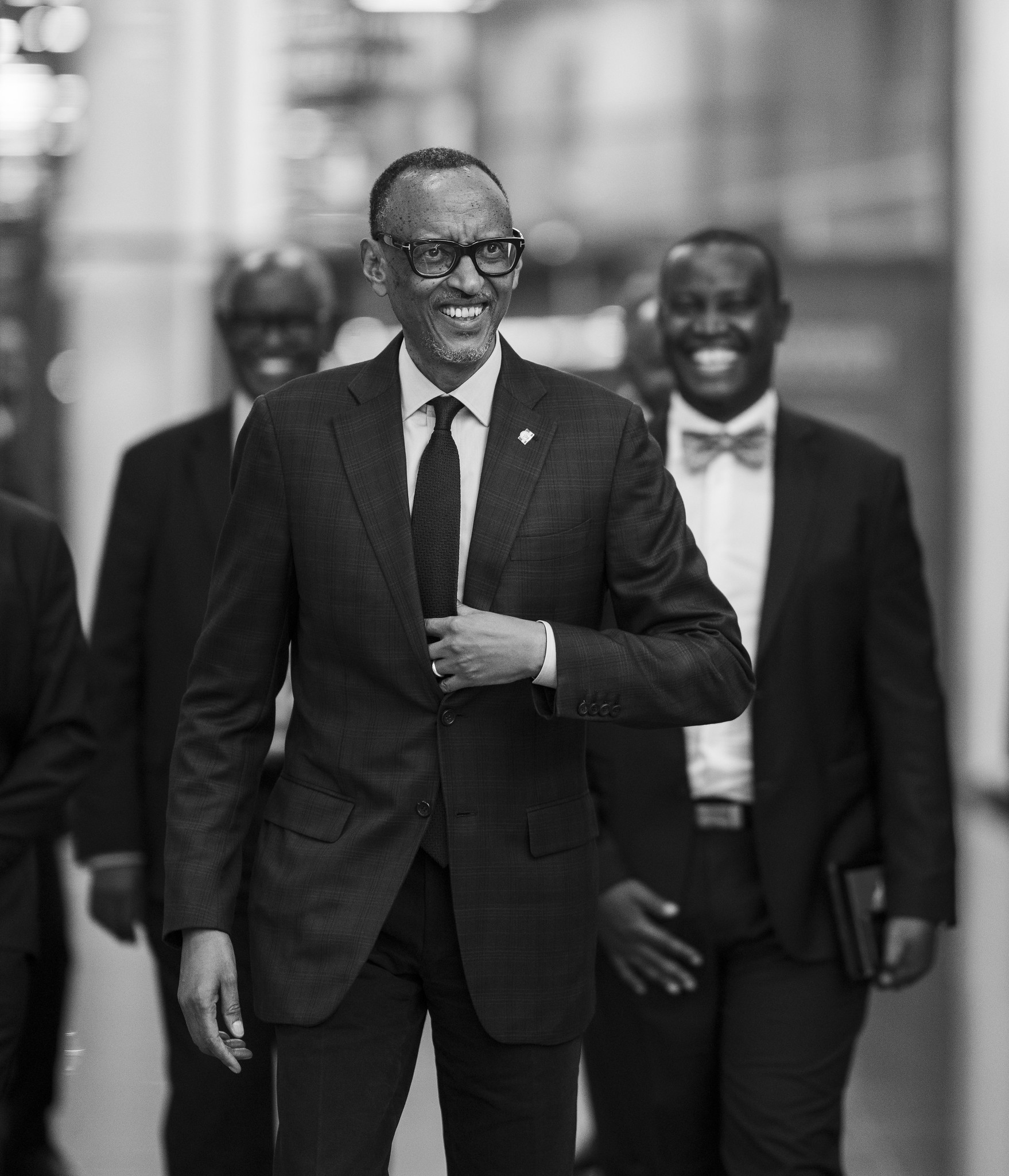Regional
To Rwandans, Kagame mirrors a brighter future. Here's why

In
July 2010, while on a presidential campaign trail in Rulindo District,
President Paul Kagame illustrated the achievements of the past and the
possibilities of the future, and asked Rwandans, “Why change a winning team?”
He committed to serving Rwandans and offering them a much better lifestyle and
development.
He
never disappointed. Rwanda has witnessed tremendous progress since then. Eight
years later, in July 2018, a year after the 2017 elections, Kagame said, “We
have left the emergency situation behind us. We are no longer trying to
survive, we are living. We want to sustain that, keep that as a minimum but
also go beyond”.
One
needs to look back to where Rwanda was back when Kagame came into office and
where Rwanda is today in terms of realistic numbers.
When
the Rwanda Patriotic Front/ Army (RPF/A), led by Kagame stopped the 1994
Genocide against the Tutsi and liberated Rwanda, the country had been torn
apart. It was a total failed state, and no one imagined it ever resurrecting.
There was no way to rebuild it. There was not even the human resource, to start
with, no money, and no infrastructure.
Even
the most optimistic analysts doubted Rwanda’s chances.
However,
30 years later, the country is stable, prosperous, unified, and, in large part,
reconciled. Social services, such as education, healthcare, housing, and
others, are provided to the needy, with no distinction of ethnicity or region
of origin – two forms of discrimination that characterized the governments
leading up to the genocide against the Tutsi, the new government brought to an
end.
To
qualify Kagame’s statement that Rwandans are no longer surviving but living,
one has to put one fact into consideration: the health of a population
contributes immensely to any country’s economic growth and productivity.
Rwanda
made great strides in improving the health status of the population through
investment in health facilities and personnel and made provision for health
insurance. Mortality estimates show a substantial decline at all levels. The
crude death rate, which gives a picture of general mortality, declined from
eight deaths per 1,000 population in 2012 to 6.3 in 2022.
Generally,
there has been a decline of 63 per cent in overall deaths. The low level of
crude death rate is indicative of a youthful age structure of the country. The
results also show that there has been a downward trend in childhood deaths.
Infant
mortality rate has declined from 49 deaths per 1,000 live births to 28.9 in the
decade 2012-2022. Similarly, deaths of children aged below 5 years declined
from 72 to 40.7 per 1,000 live births in the same period. This is indicative of
the health policies and programmes the government put in place.
The
decline in infant mortality rate led to substantial increases in life expectancy
at birth. Life expectancy at birth depicts the average number of years a
newborn is expected to live if subjected to mortality schedules prevailing in
the country at the time.
In the
2002 population census, life expectancy was at 64.5 years and has since
increased substantially over the decade 2002-2022. Life expectancy at birth was
estimated at 69.6 in 2022.
Beyond
the people, as some Westerners were proposing to cut Rwanda into pieces and
erase a nation, they never thought of what Rwanda would become today. Today,
Rwanda is one of Africa's fastest-growing economies and a model for sustainable
growth and resilience.
According
to the United Nations’ World Economic Situation and Prospects 2024, Rwanda’s
economy is projected to grow to 7 per
cent in 2024, ranking first in East Africa and third among African countries
with high economic growth prospects. To put this into context, right after the
1994 Genocide against the Tutsi, Rwanda’s GDP per capita was around $111. It
multiplied to $540 in 2010 and currently stands at $1,064.
Trade
has equally been booming. Rwanda jumped over 100 places in the World Bank Doing
Business Index, today ranking 38th globally and second in Africa. The value of
investments registered more than tripled from US$400 million in 2010 to nearly
US$3 billion in 2024.
Rwanda
is becoming a global gateway for meetings, incentives, conferences, and events
(MICE). Figures show that in 2023, the sector generated over US$95 million in
revenues, with over 160 events hosted and an estimated 65,000 delegates. This
represents a 48% increase compared to the 2022 performance.
Now,
Rwanda is looking to become an African hub for all disciplines, from sports to
health to technology and so on.
The developments are an indication that when the team in the field is winning, you do not change it. And that is why Rwandans have insisted on keeping Kagame in power. His results speak for him.


.jpeg-20221214055432000000.jpeg)


.jpg-20231002075336000000.jpg)


